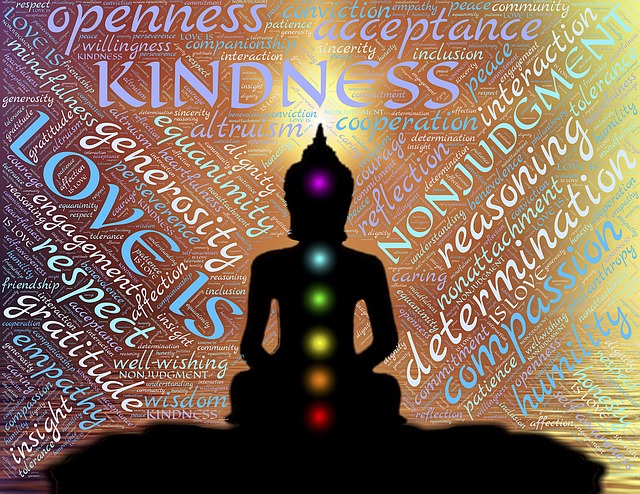Ginny Whitelaw published a book on The Zen Leader in which she integrates her experience as a senior manager at NASA, a Zen Master and martial arts expert as well as her doctoral study of biophysics and personal experience of life’s challenges and difficulties, including divorce. She draws heavily on the mind-body connection to provide a pathway for leaders to “lead fearlessly” and in a way that integrates mind, body and spirit. Her pathway is presented in the form of 10 “flips” which she describes as inverting old ways of thinking through processes of reframing “your sense of self and the world” [imagine “flipping over” an omelette when cooking breakfast!]. Throughout the book, Ginny provides insights, practices, exercises and “takeaways” to help us embed Zen Leadership into our words and actions as a leader.
From just coping to transforming self and others
The first of the “flips” Ginny introduces is flipping from “coping to transforming”. For her, coping is reflected in blaming behaviour (blaming others, the system and anything external to oneself), denial or being blind to the reality of a situation and your part in it. She notes that this unproductive and energy sapping behaviour often has its origins in adverse childhood experiences. To reinforce this message, Ginny provides an example of a leader who refused to accept performance feedback in coaching sessions but was subsequently able to link his obstructive stance to a childhood trauma.
Ginny explains that the real breakthrough came with acceptance – acknowledging that the feedback was true, rather than trying to fend it off or rationalise it. I had a similar experience with a leader that I was coaching who refused to accept the fact that he was defensive, until the fifth coaching session when he acknowledged his counter-productive behaviour flowing from adverse childhood experiences. He unwittingly reinforced the concept of the mind-body connection when he stated that the insight was like a “blow to his stomach”. As Ginny points out, acceptance replaces anger with joy, “being stuck” with creativity and debilitation with enthusiastic pursuit of solutions to problems and difficulties that previously appeared insurmountable.
Finding the energy to transform self and others
Much of Ginny’s approach is presented within a framework of energy obstruction and release. For her, leadership is about achieving resonance, both internally and externally. She provides a simple practice to enable energy release and focus when confronted with a problematic or challenging situation. The practice entails three steps – relax, enter and add value. The core process is “enter” which draws heavily on Ginny’s deep recognition of the mind-body connection. Entering entails fully immersing yourself in the situation, including its impact on your thoughts, feelings and bodily sensations. She describes this process as “entering the eye of the storm” and encourages this approach because from there the only path for your energy is “out” – towards transformation of self, others and the situation.
This transformative approach of “relax, enter and add value” is in line with many mindfulness practices that involve relaxation and grounding, noticing and accepting what is personally experienced and changing the way you think, feel and act in line with the resultant insights. To strengthen the ability to move beyond just coping to transforming, Ginny provides a further in-depth exercise that enables you to move from problem thinking to opportunity perception and creative resolution. She also offers an online course titled Lead with Purpose to enable you to realise your best self as a leader and add real value to the world.
Reflection
As Ginny points out, much of the issue of just coping comes from our habituated, unproductive behaviours that flow from our early life experiences. Entering fully into the problem situation, instead of blocking the realisation of our part in it, creates the possibility for transformation of our self, others and the situation. As we grow in mindfulness through meditation, mindfulness practices, insight exercises and reflection, we can come to accept our personal blockages to energy release and free up avenues for creative resolution.
__________________________________________
Image by Myriam Zilles from Pixabay
By Ron Passfield – Copyright (Creative Commons license, Attribution–Non Commercial–No Derivatives)
Disclosure: If you purchase a product through this site, I may earn a commission which will help to pay for the site, the associated Meetup group and the resources to support the blog.









